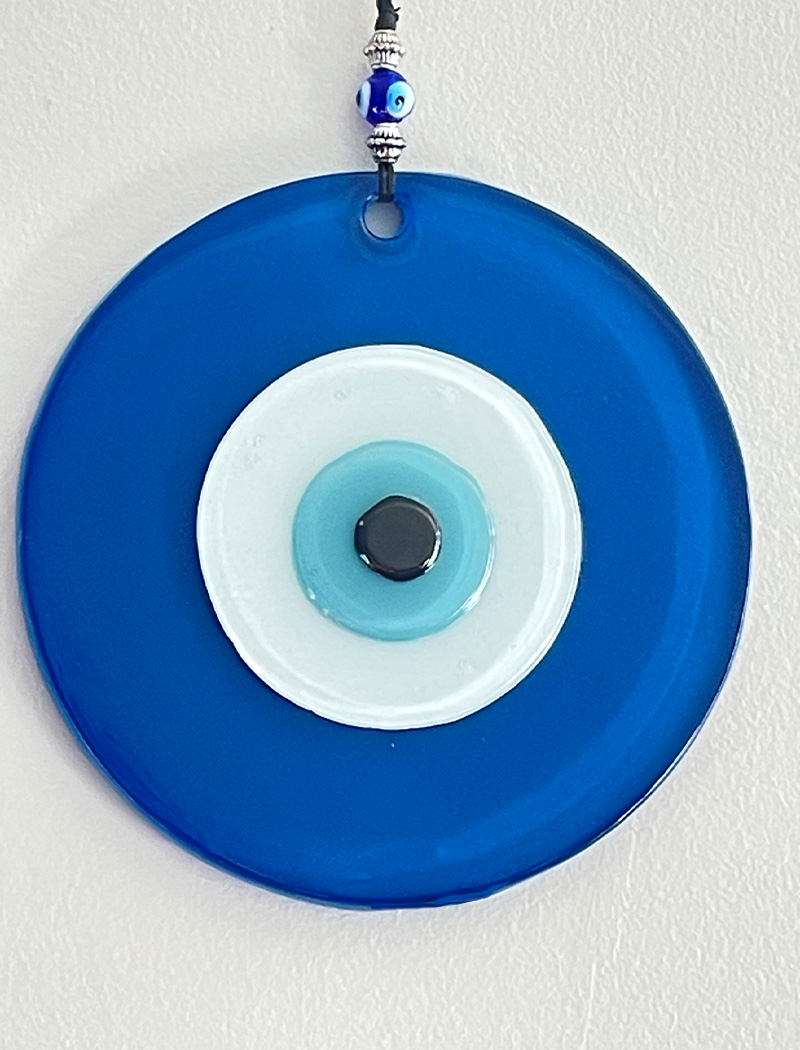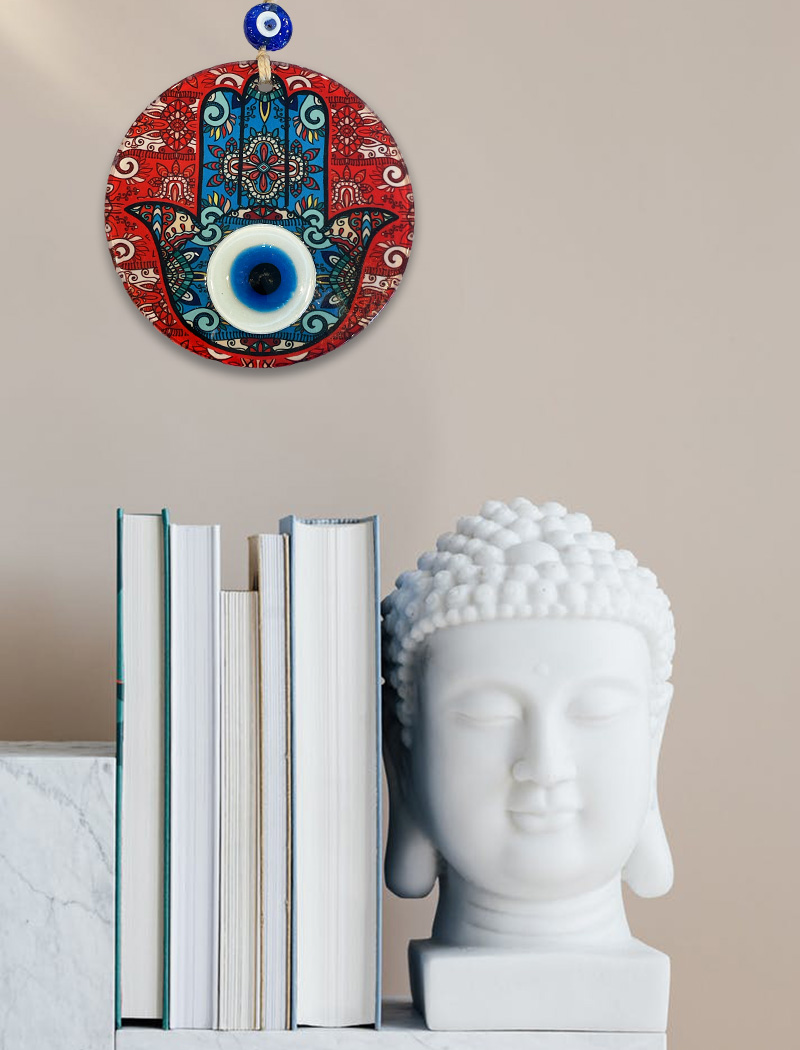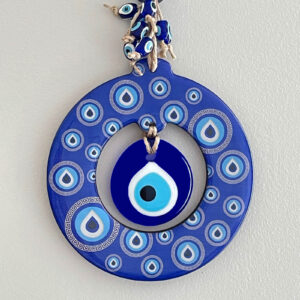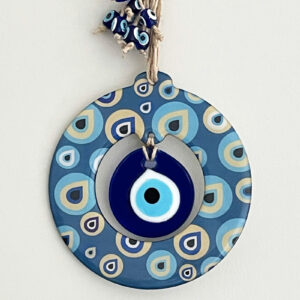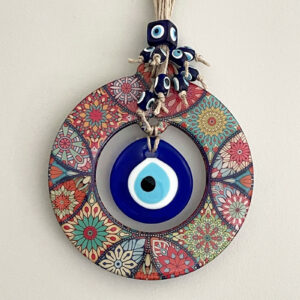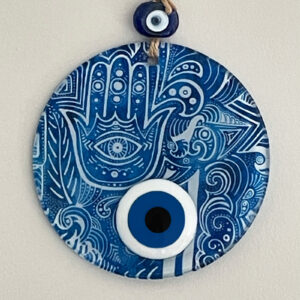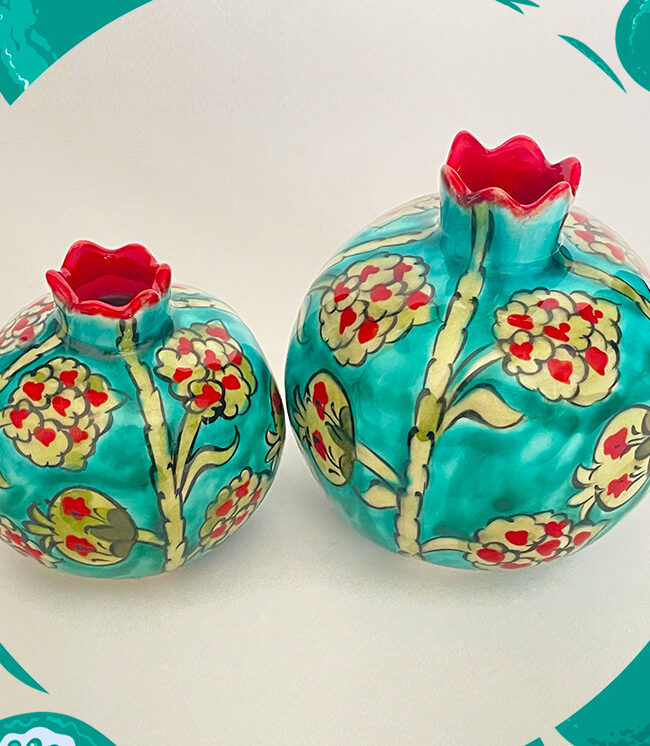
The ultimate guide to the meaning, history, and secrets of Evil Eye, Evil Eye Protection, Nazar in various cultures
Most of you have heard about the evil eye; perhaps you came across symbols and myths. The concept of the evil eye dates back thousands of years. Surprisingly, it is one of the few things that are common around various cultures and religions. Even the most secluded communities of the world, such as Native Americans, who remained isolated from the rest of the world, believe in the power of the evil eye and carry amulets for evil eye protection. Similarly, the evil eye is a recurrent phenomenon in all Ibrahimic religions, including Islam, Judaism, and Christianity. And adherents of these faiths have found ways for evil eye protection. Let’s explore the history, meaning, practices, symbols, and materials believed to help with the evil eye.
It is estimated that the iconic evil eye symbol dates back to around 5000 years. Evidence suggests that the concept originated around the beginning of the Paleolithic age. Later on, Greeks and Romans propagated the idea. Moreover, due to its ancient roots, it is one of the powerful beliefs in the non-Ibrahimic and ancient religions of the Indian Sub-continent, Asia, and America. Whereas, in Europe, the general perception is no more than a superstition; however, some people still believe in it from personal experiences. In Arabic, it is known as Al-Ayn or Nazar in most parts of the Middle East, Turkey, and adjoining central Asian countries, Iran and Pakistan.
The meaning of the evil eye has been astonishingly overlapping, pretty much like the idea itself. In simple terms, an evil eye is a curse that is believed to inflict harm to a person, a community, or even a property when a person glare’s with praises and compliments. Whereas, it is also believed that a person can be a victim of the evil eye due to their negligence, lack of humility, and self-praise. Furthermore, all the traditions have a common understanding that the evil eye originates from malice or jealousy. Although this would probably sound absurd considering the advancement science has made, the evil eye is assessed based on its consequences. Such as bad luck, lack of fortune, and injuries, and despite the cultural differences, it has the same meaning everywhere.
Due to its wide recognition in human society, Nazar or the evil eye has been a subject of academic endeavors. And there is scientific evidence that suggests that evil eye could be pretty much human. A study conducted by Colin Andrew Ross hypothesized the electrophysiological basis of the evil eye. The researchers concluded that brain waves in the range of 1-40 Hz emitted by a human eye using a high impedance electrode inserted into insulated goggles showed different electrophysiological properties. The author named this signal “human ocular extra-mission” (Ross, 2010); consequently, it can be seen that there are studies with concrete evidence suggesting the effects of the evil eye and how it might be rooted deep in the transmission of energy.
It has already been ascertained that Romans and Greeks highly adored evil eye protection amulets or talismans; however, it quickly spread into the Middle East and eventually Turkey. Therefore, Nazar is a part of Turkish and Greco cultures. These two cultures have to date inherited the idea that the evil eye can be catastrophic for anyone who is excessively praised or has an egoistic attitude. Thus any disease or loss that seems to not have an apparent cause is attributed to Nazar. Moreover, Greco cultures have a religious doctrine according to which an evil eye can be a punishment from Gods or Goddesses. Whereas, in Islam, Judaism, and Christianity evil eye is not necessarily a punishment, although it is viewed as a form of negative energy that results from envy.
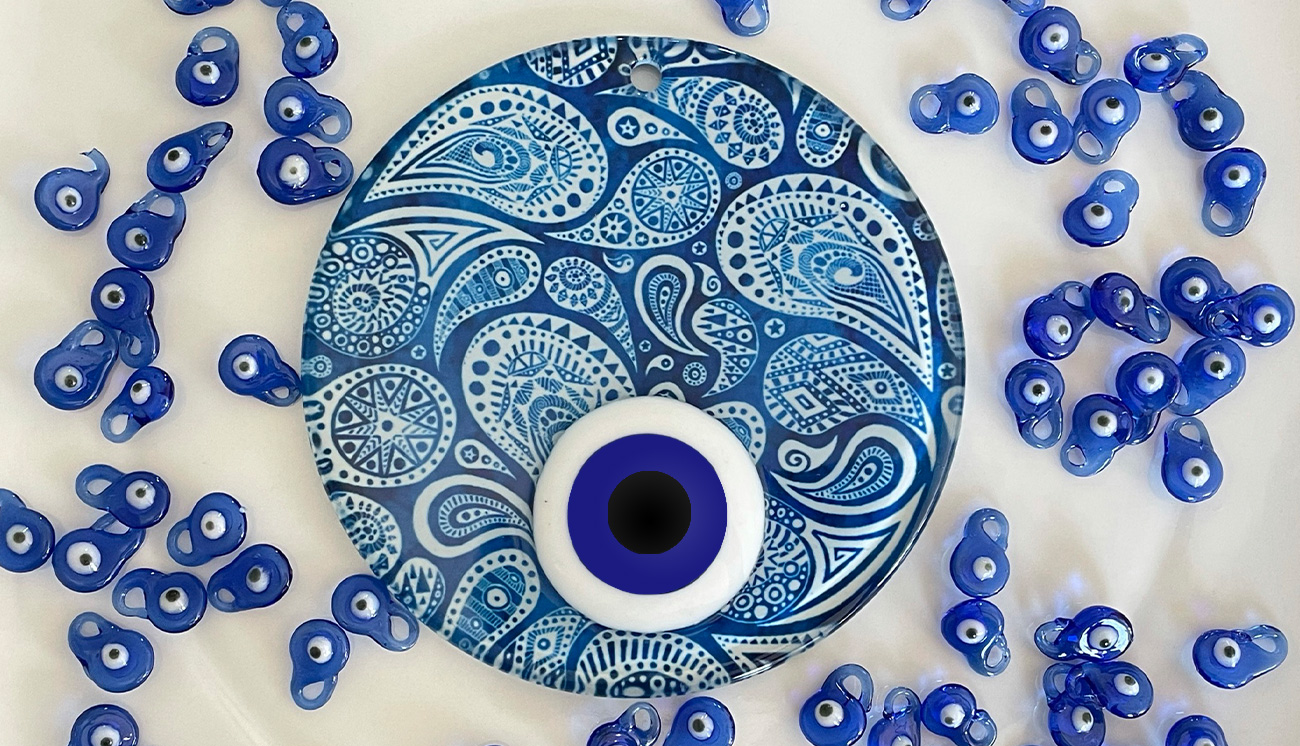
Consequently, Turkish people created the Turkish Eye Bead, locally known as Nazar Boncuk Charm. The Boncuk charm is characterized by a black eye on a blue background. Sometimes, light blue, yellow and white is also used. In addition to this, there are customized beads as well. The basic idea behind the charm is to reflect any negative energy. This concept is so popular among Turkish citizens that often, people wear them, attach them to homes, pets, or children, and property deemed susceptible to the evil eye.
Moreover, this is not just some random combination of colors that ended up being symbolic. The use of blue glass is based on the idea that water is a symbol of purity in both Greek and Turkish cultures. It also symbolizes growth and prosperity. Some believe it represents the sky as a form of direct protection from evil.
At Antaquia, we offer our customers an opportunity to explore this long-lived human value and a chance to have their Eye bead. If you are a believer, you can have yourself, your home, and your property protected from the negative energy. Whereas, if you still think this is superstition, it is no less than a beautiful art piece.
You are invited to check some of the most precious charms that we have collected for you.
Superstitious or not?
References
ROSS, C.A. (2010), Hypothesis: The Electrophysiological Basis of Evil Eye Belief.
Anthropology of Consciousness, 21: 47-57




